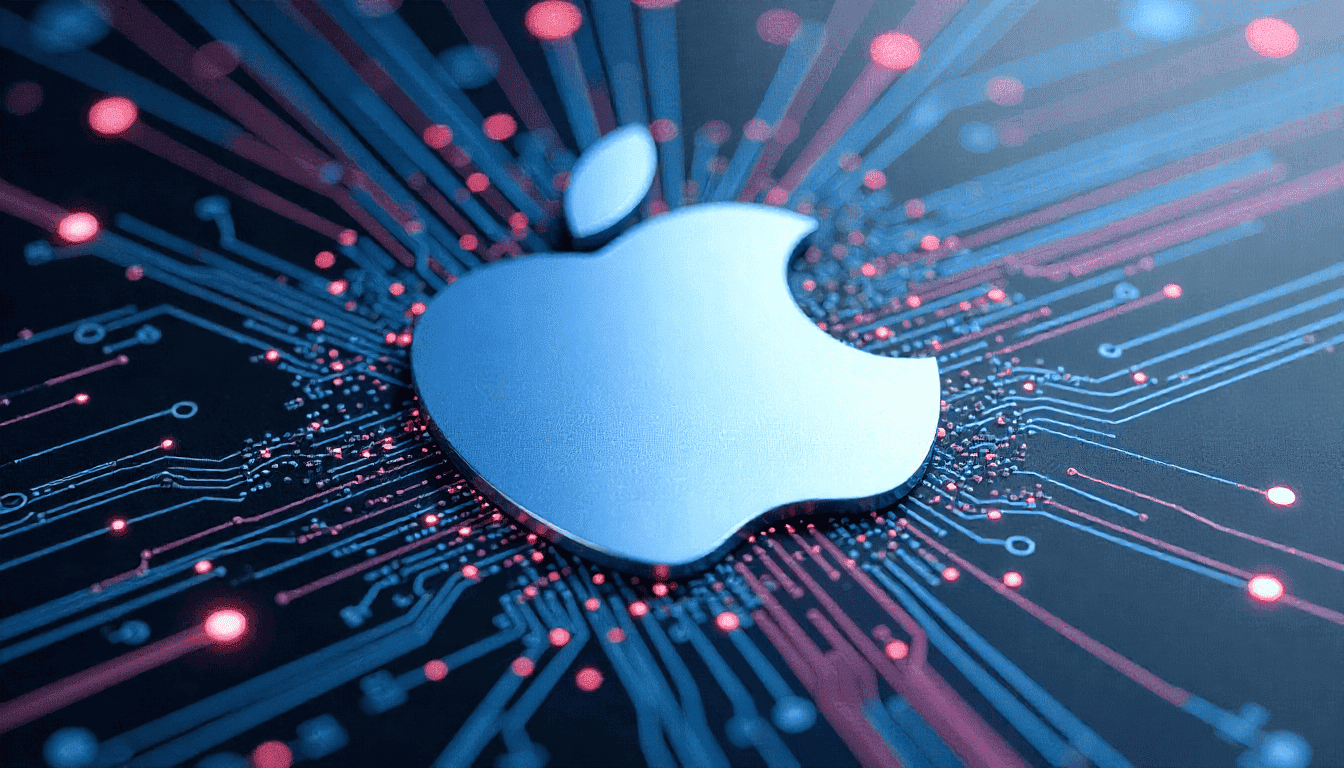Apple’s “Big AI Problem”: Lagging Behind in AI Chips and Infrastructure

Apple’s once-undisputed dominance in consumer tech is being tested by the AI revolution. Despite massive profits and brand loyalty, the company now faces mounting pressure over its slower progress in AI infrastructure and model development. Industry experts warn Apple may be underprepared for an era where computing power and large-scale AI systems drive innovation — not just devices. The debate isn’t about iPhones anymore; it’s about whether Apple can lead in the backbone technologies powering tomorrow’s intelligent world.
Background & Context
For years, Apple’s AI strategy has been subtle — prioritizing on-device intelligence and privacy over cloud-scale models. But in 2025, that approach appears increasingly outdated. Competitors like Microsoft and Google are investing billions in AI data centers and GPUs, while Nvidia dominates chip-level innovation. Wall Street analysts have begun to question Apple’s readiness, citing a “visible gap” in AI infrastructure and foundational model training capacity.
Apple’s capital expenditure for Q3 2025 rose to $3.46 billion (up from $2.15 billion in 2024), signaling new AI-related investments. Still, critics argue that the spending scale trails competitors who are deploying AI infrastructure at 3–4x that rate.
Key Facts / What Happened
- Wedbush analyst Dan Ives recently called Apple’s AI efforts “a disaster,” suggesting the company is falling far behind peers such as Google, Meta, and OpenAI.
- Reports confirm Apple is training AI models using Google’s Tensor Processing Units (TPUs) rather than its own or Nvidia’s GPUs.
- Apple is collaborating with Broadcom on a custom AI chip project code-named “Baltra,” expected to debut in 2026.
- Despite efforts to boost “Apple Intelligence,” critics argue the company’s slow rollout and limited model access are signs of deeper infrastructure issues.
Voices & Perspectives
Industry insiders see Apple’s challenge as structural, not strategic. “Apple has mastered AI at the device level, but the world has moved to model-scale AI,” says a veteran analyst at Gartner. “Its absence from large-language model competition and data-center scale AI is glaring.”
Others defend Apple’s cautious approach, citing its privacy-first philosophy and deliberate long-term execution. “Apple doesn’t chase hype — it refines. But refinement takes time,” says independent tech researcher Olivia Chen.
Implications
If Apple continues to trail in AI infrastructure, the impact could ripple across its ecosystem — from Siri’s evolution to how developers build for Apple platforms. Investors are also watching closely: falling behind in AI leadership could pressure Apple’s market valuation and perception as an innovation leader. In a world increasingly defined by AI-driven ecosystems, Apple’s cautious pace might feel like a disadvantage.
What’s Next / Future Outlook
Apple is expected to reveal more about its AI roadmap in 2026, particularly around “Baltra” chips and new AI-accelerated Macs. It’s also investing in data-center partnerships across the U.S. and Asia. The next two years will be pivotal: either Apple scales up its AI muscle or risks becoming a slower player in a fast-moving AI economy.
Our Take
Apple’s AI lag is a strategic inflection point. Its device-first strategy, once its biggest strength, now risks turning into a weakness as rivals dominate cloud AI and model innovation. To stay relevant in the AI era, Apple must bridge its infrastructure gap — not just through hardware, but by building scalable, open, and developer-friendly AI ecosystems.
Wrap-Up
Apple’s current challenge isn’t about product appeal — it’s about pace. The tech world is accelerating toward large-scale AI integration, and Apple’s deliberate, privacy-first approach may need rethinking to stay competitive. Whether it chooses to acquire, build, or collaborate, its next AI moves will define how the world perceives “innovation” in Cupertino for the decade ahead.